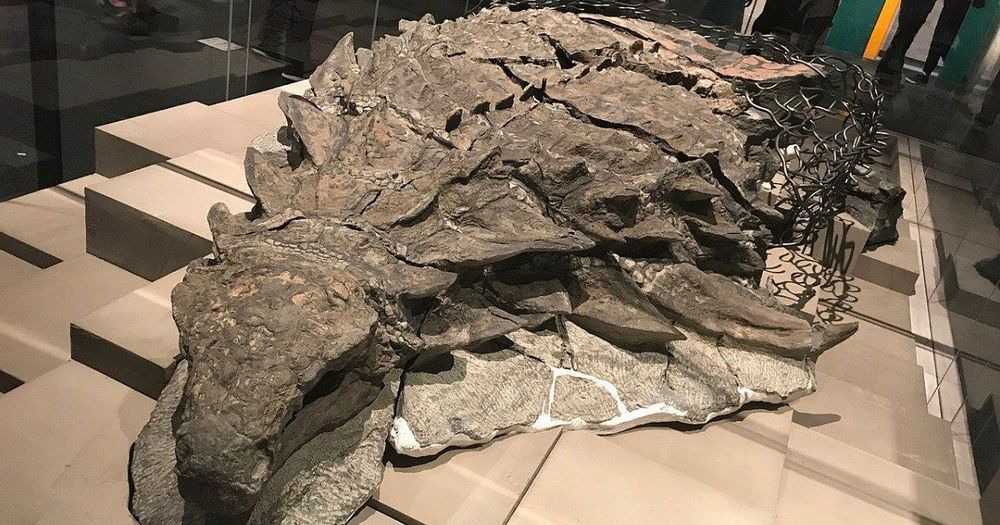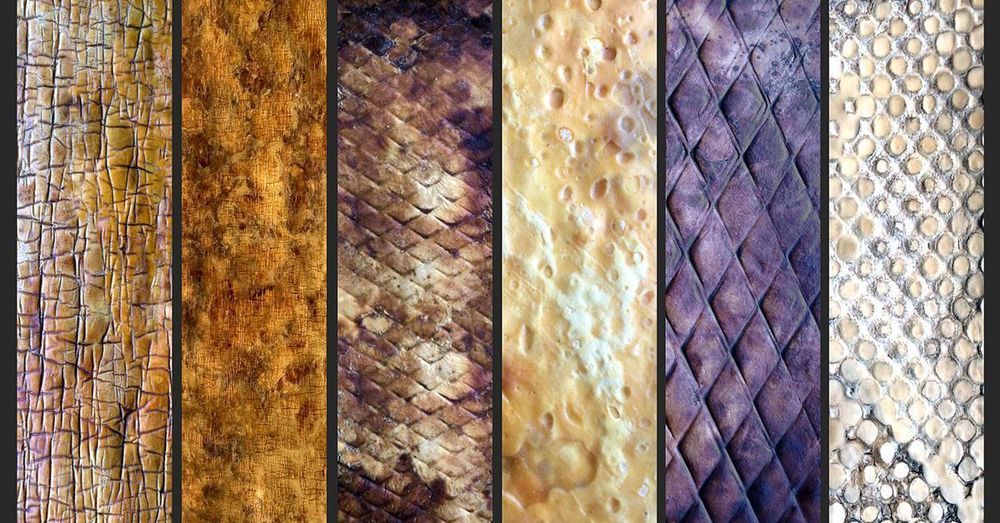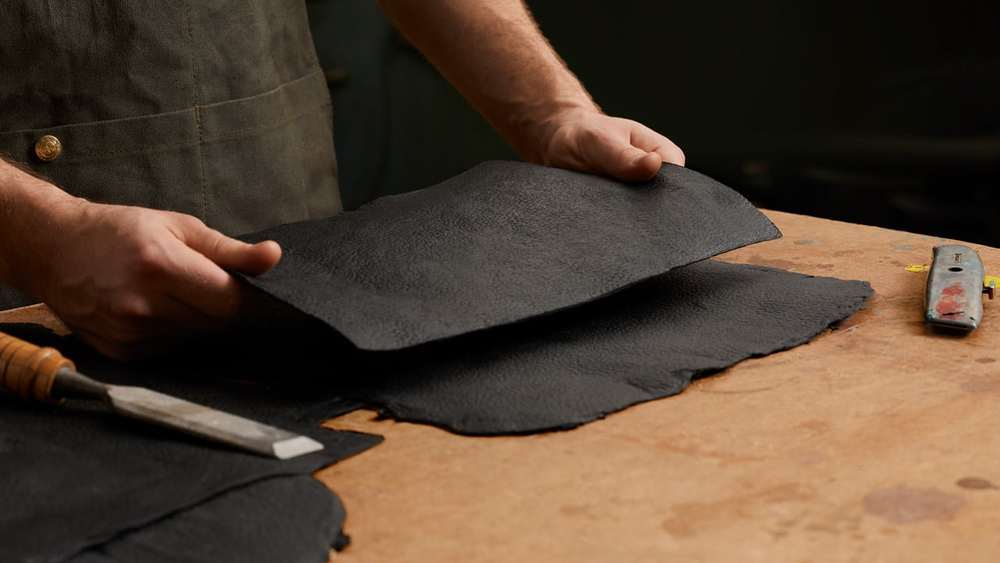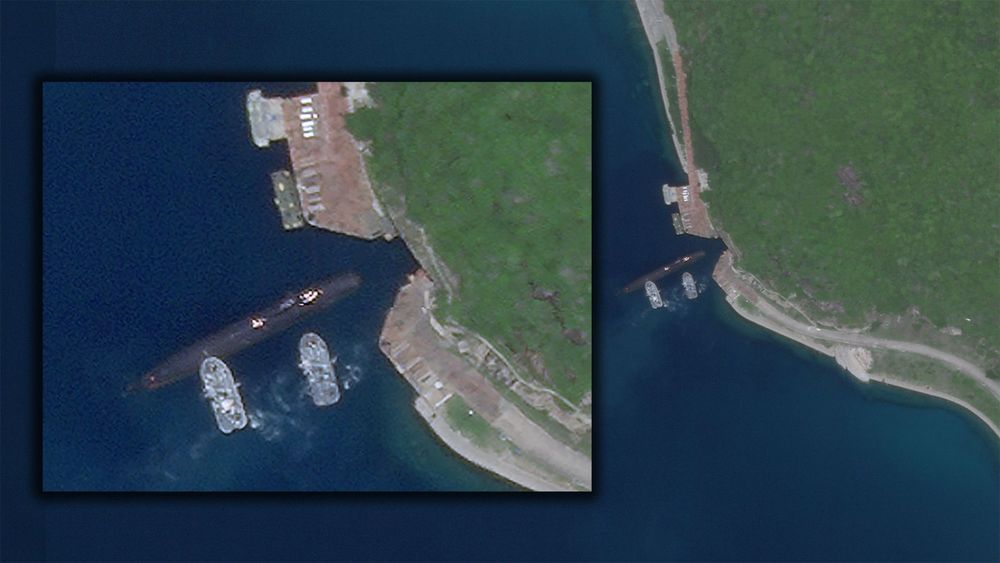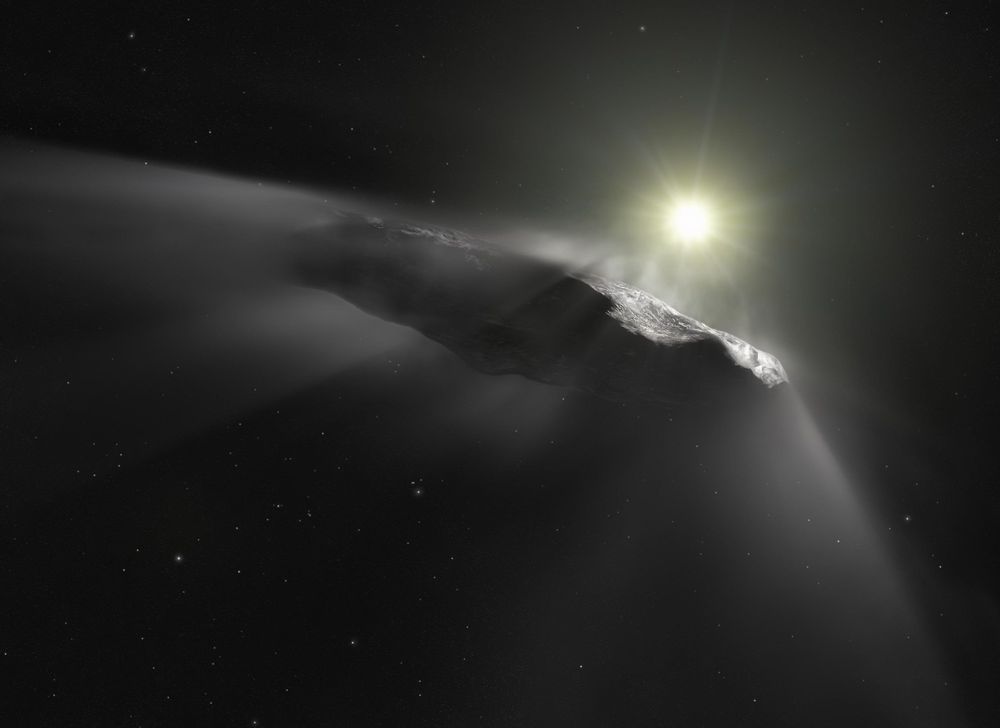The specimen is so well preserved, entombed as it was in pure mud, that it is the best, most complete dinosaur fossil ever found — anywhere. We can even see what its last meal was!
Canada’s western provinces are famous for many things: dinosaur fossils, the Rocky Mountains, helicopter skiing in Banff, and one of the world’s best and most famous dinosaur museums, the Royal Tyrell Museum of Paleontology in Drumheller, Alberta. One of the museum’s finest fossils belongs to a plant eating dinosaur called a “nodosaur,” a creature archaeologists say was almost 20 feet long and weighed in at close to 3,000 pounds when it lived 110 million years ago during the Early Cretaceous period.
A particularly unusual feature of this dinosaur was the way in which it expired; after eating a full dinner, it simply passed away while lying in a river bed, ultimately making its way out to sea. Perhaps a rain storm washed it away, or perhaps some other climactic event; no matter how it ended up there, the consequence was that the fossil survived in almost perfect form. It was discovered in 2011 by an oil sands worker in northern Alberta.
The dinosaur has given experts many fresh insights not only into this particular species, but the time period in which it lived. Experts at the museum say the specimen is so well preserved, entombed as it was in pure mud, that it is the best, most complete dinosaur fossil ever found — anywhere.
